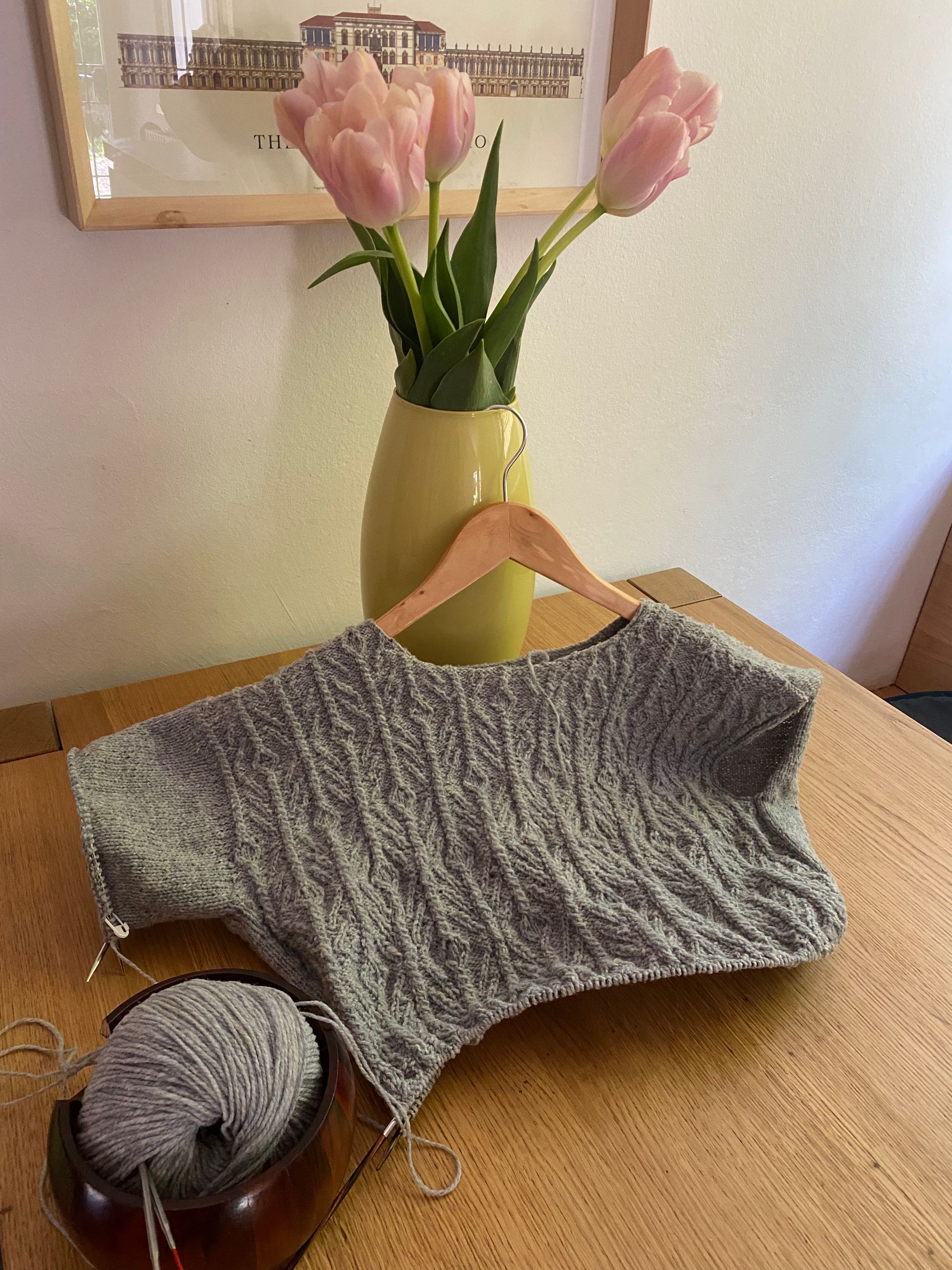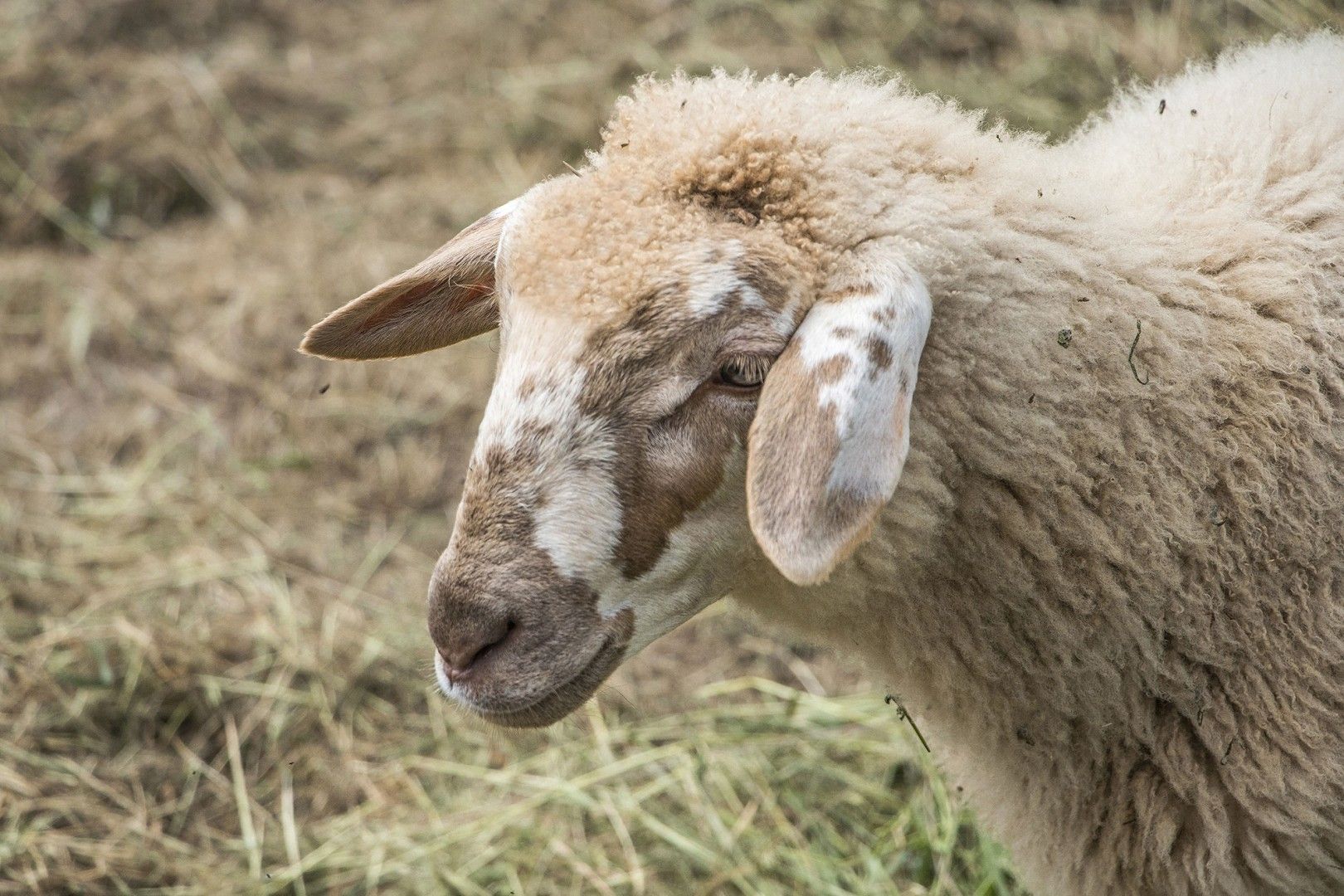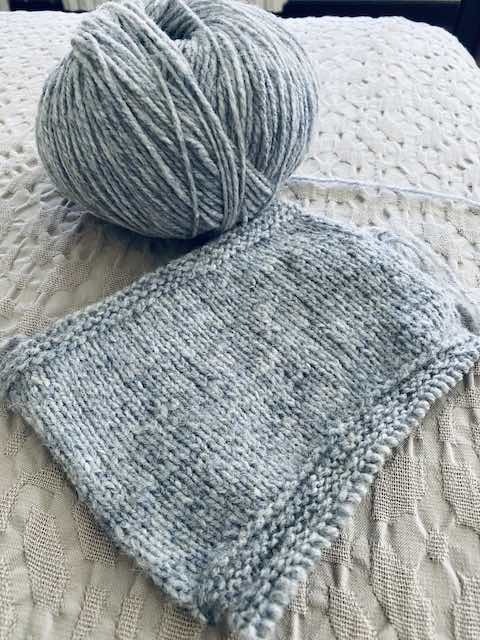The Spring Sweater Project

I am an intermediate knitter and I am generally fascinated by patterns that attract me but also challenge me. I enjoy learning something new each time, whether a new stitch or a new construction. At times, I even get a crash on a designer's output, especially when I feel that someone has developed a distinctive, personal style (which may be or maybe not in synch with the latest fashion trends). I also like listening to people's own trajectories so I happily read their blogs or follow their podcasts and I like to know how they relate to the world of yarn, what it means to them and what made them forge a creative connection with fibers. So many designers and yarn makers have taken knitting into unexpected and surprising directions and, as a consequence, the knitting world is now, by and large, an attractive, variegated, somewhat diverse community. Certainly the conversation wouldn't be as compelling, if it hadn't been joined by such a plurality of voices.
So it is not surprising that, despite the standardization of knitting symbols and instruction (most patterns I follow are written in English), designers may greatly differ in their explanation styles. It is not the usage of a different (i.e. not standardized) nomenclature, but rather the existence of a series of assumptions that made it difficult for me to follow the explanations. I had the feeling that despite the given step-by-step instructions, more experience was necessary in order to make sense of the instructions. In retrospect, I think a lot of it was due to a difference in knitting traditions, that called for some supplemental translation work on the knitter's part (or else result in frustration and abandonment of the project). Personally, I have spent some time in great frustration, attempting to make sense of a (new to me) designer's explanation. I figured to would be worth recording the experience, as it made me acutely aware of an intangible that got definitely lost in translation.
I have spent some time trying to decide on a pattern (and yarn) for a spring sweater. Through Claire and HannaLisa (from Making Stories Magazine) I discovered Yoki, by Marianne Munier, a knitting project that seemed just right for my current skill set so I set on a mission to find the right yarn.
A small, local-to me, alpaca and sheep farm that produces, hand-dyes and sells small quantities of wool (it is called Lana al Pascolo) was an option I strongly considered, having fallen into a rabbit-hole of research on the history and vicissitudes of this particular wool. For some time I have been curious to try it. This wool comes from a local breed of ancient lignage (the Brogna sheep), Nowadays, there is a farmers' consortium that aims at protecting and safeguarding the autochthonous sheep. But, alas, for a series of circumstances the trip to the farm had to be postponed, and, itching to begin my Spring sweater project, I finally settled for the recommended merino yarn that the pattern suggested and bought it online.

The chosen yarn is De Rerum Natura Ulysse, turned out to be very enjoyable to work with and with beautiful colors (though I get a little bored by merino as a fiber, but that may just be a personal idiosyncrasy). I am glad that it is also a sturdy yarn, as I unravelled my Yoki's yoke so many times, before I could finally get it right. It has been a humbling experience for sure!
I have been wanting to detail the particulars of my stunted and frustrating beginning, but now that I have knitted about 50% of the sweater, I have made peace with it and I'd rather talk instead about the intriguing way the sweater is constructed.
This sweater has a most interesting (and new to me) drop shoulder construction: one begins casting on all the stitches for the back and shoulders and then creates the sleeve caps with short rows. Then, after reaching a certain length, the back stitches are put on hold and stitches are picked up on each side of the neck opening (on one side first, then on the other) to knit the front. Eventually, front and back are united (below the armpit) and the sweater is then knit in the round. No seaming (a popular feature, and a divisive topic of knitterly discussion, I know). I guess much of the verdict on the seaming vs no seaming debate would depend on the yarn itself and its ability to hold its shape in time, so it will be a good testing ground for Ulysses. (I should add that one of the most distinguishing features of this yarn is the presence of a of darker fleece in it, which-although not as visible as in a tweed yarn- lends it a slightly marbled appearance).

The stitch pattern was also quite "addictive", as promised. Incorporating the short-rows in the stitch motif however, was hell. I found the chart somewhat confusing and even after getting past the short-rows section, I was lost. Thankfully the Ravelry community is pretty generous and I was able to receive some pointers by those who had test-knitted the pattern but, even so I still kept losing my place in the chart, even after multiple tries.
Surely someone with more experience than me would have been able to see exactly where one needed to be at any given point, but I was utterly confused. It "helped" (my morale, at least!) seeing that others had attempted the project and then frogged it, but-truth be told- many more had completed it, seemingly without any of the issues I encountered. Of course, the more familiarity one has with different sweaters constructions and techniques, the less room there is for misunderstandings, but I now think this was a case of cultural misunderstanding. (And for the record: a few months later the designer has now updated the pattern adding more comprehensive charts and revised explanations).
That being said, I am now moving along blissfully. Too bad that the timing of my spring project is way off, as spring has abundantly sprang around here and I still have some work to do before completion. But, the pleasure is in the knitting itself, isn't it?
